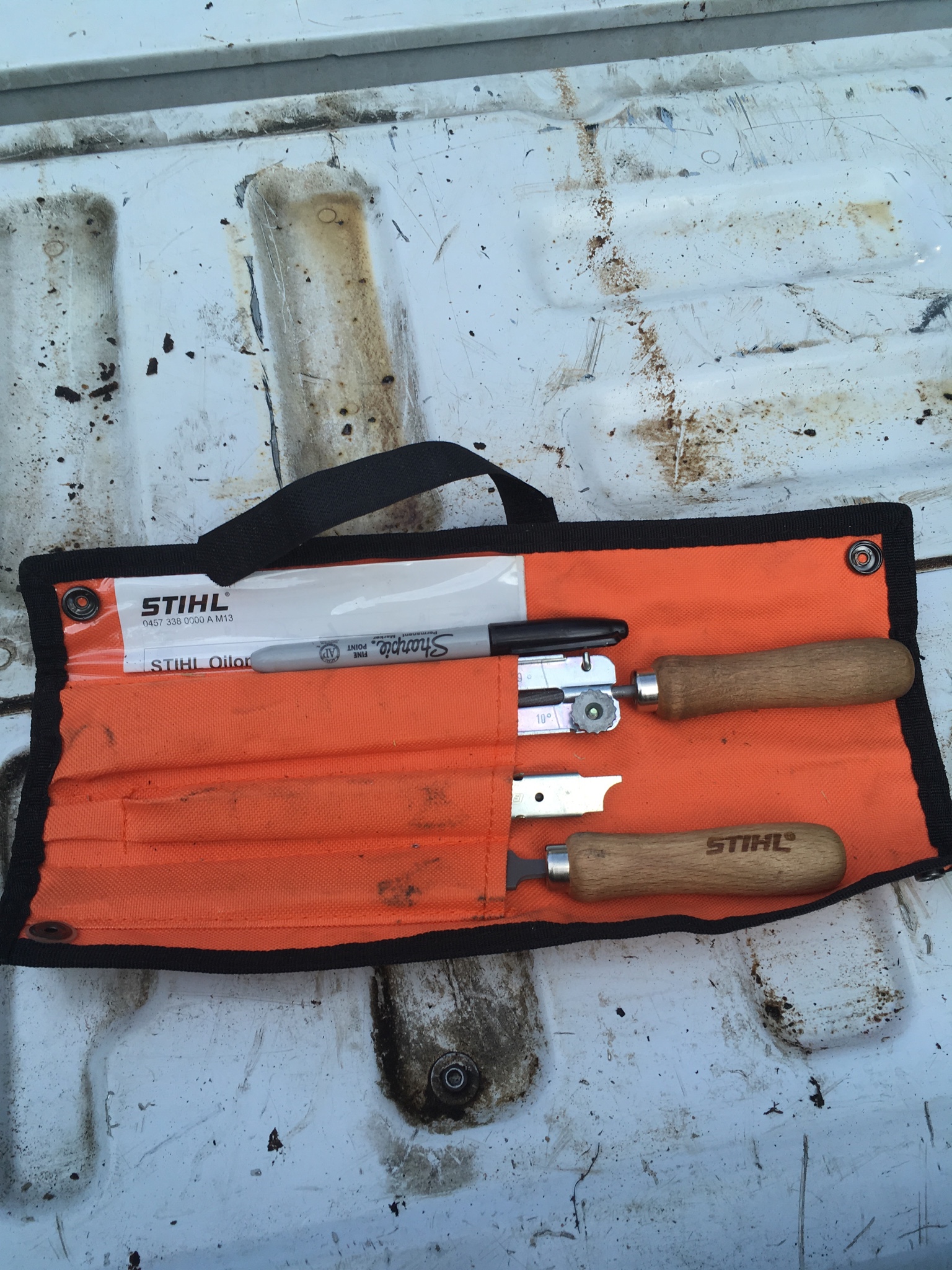...
Lastly, the PM800/805/850 Super/DE80/M8200 saw without the "Q" port used a compression release valve with a short reach and coarse 3/8" (16 TPI) threads.
View attachment 664594
...
Mark
Mark, I have never seen one of these models without a “Q” port. Seen the bottom of the boss for the muffler screw/DSP valve drilled and seen them blank, but all had the “Q” port. Has your experience differed?
As I am sure you know to equip a non DSP model (say a PM8200 or an early PM800) with a DSP just requires drilling a small vent/port hole in the bottom of the threaded boss and replacing the muffler bracket screw with a DSP valve.
I just put a tach on my PM800.
11,700rpm after it warms up....
It didn’t cut so well around 8,900 the last time a ran it prior to this week so I turned it up.
Now I know where it’s at.
Not sure how big the difference between chain or no chain rpms, but you might be leaving some on the table. Mine was at last tune 12,300 with no chain. The fresh RandyMac 850 was 12,500. Not sure now that it is in his hands how it is tuned and hopefully broken in. We do know that the 12,900 Brian was running with his 800 was too lean.
Ron














